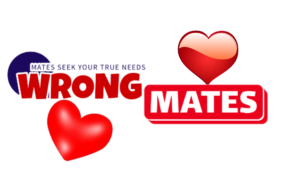How to Treat Childhood Trauma in Adults
Treating childhood trauma in adults is most effective when a combined approach is used. Therapy, medication, and coping techniques can all be hugely beneficial in the healing process.
Therapy
Trauma therapy can be tailored to individual needs based on the severity and duration of the traumatic experience. Some types of therapy will be more effective than others, but like any trauma treatment approach, there’s no “one” or “right” way to deal with trauma.
Commonly used forms of therapy include:
- Trauma-focused cognitive behavioral therapy (TF-CBT): Evidence-based, structured therapy that addresses the psychological impacts of repressed trauma. It helps people understand and process their experiences and teaches them to challenge associated negative beliefs.
- Eye movement desensitization and reprocessing (EMDR): A highly specialized approach to therapy that helps people process traumatic memories through bilateral stimulation like rapid eye movement, tapping, and auditory tones.
- Dialectical behavioral therapy (DBT): A comprehensive form of therapy initially developed to treat borderline personality disorder. It’s since been adapted to treat trauma using a variety of approaches.
“Treatment for childhood trauma, or trauma in general, has come a long way. It started with CBT but has evolved to other trauma-focused therapies. It is important to learn about each one and to ascertain which one might be the right fit for you. For instance, if choosing trauma-focused CBT, one would concentrate on changing negative thought patterns to positive thought and behavior patterns with an emphasis on the trauma. It is important to explore the different types of trauma therapy by talking to a therapist. They will be able to help discern the right treatment method, even if it isn’t with them.”
Medication
For some people, medication might be a valuable part of a trauma therapy treatment plan. Medication can help manage symptoms of childhood trauma in adults, especially when dealing with comorbid (occurring at the same time) depression, anxiety, or post-traumatic stress disorder.
Types of PTSD medication that may help survivors of trauma:
- Antidepressants
- Anti-anxiety medication
- Antipsychotics
- Mood stabilizers
Note: Medication should only be used under the advice of a qualified healthcare professional who’s assessed symptoms, medical history, and treatment goals.
Somatic therapies
Somatic therapy is an alternative approach to psychotherapy. It focuses on connecting the mind and body and recognizes that emotional experiences are stored in the body. Somatic techniques like mindfulness, deep breathing, and movement can address childhood trauma symptoms in some adults.
Types of somatic therapies to treat childhood trauma in adults include:
Coping strategies
Coping techniques are designed to help adults deal with childhood trauma. A combination of emotional regulation techniques, self-care practices, and therapy usually gets the best results.
Effective coping strategies for childhood trauma may include:
- Mindfulness
- Grounding techniques
- Intentional journaling
- Physical activity
- A solid support network
- Professional help
- Self-care
- Self-compassion and forgiveness

